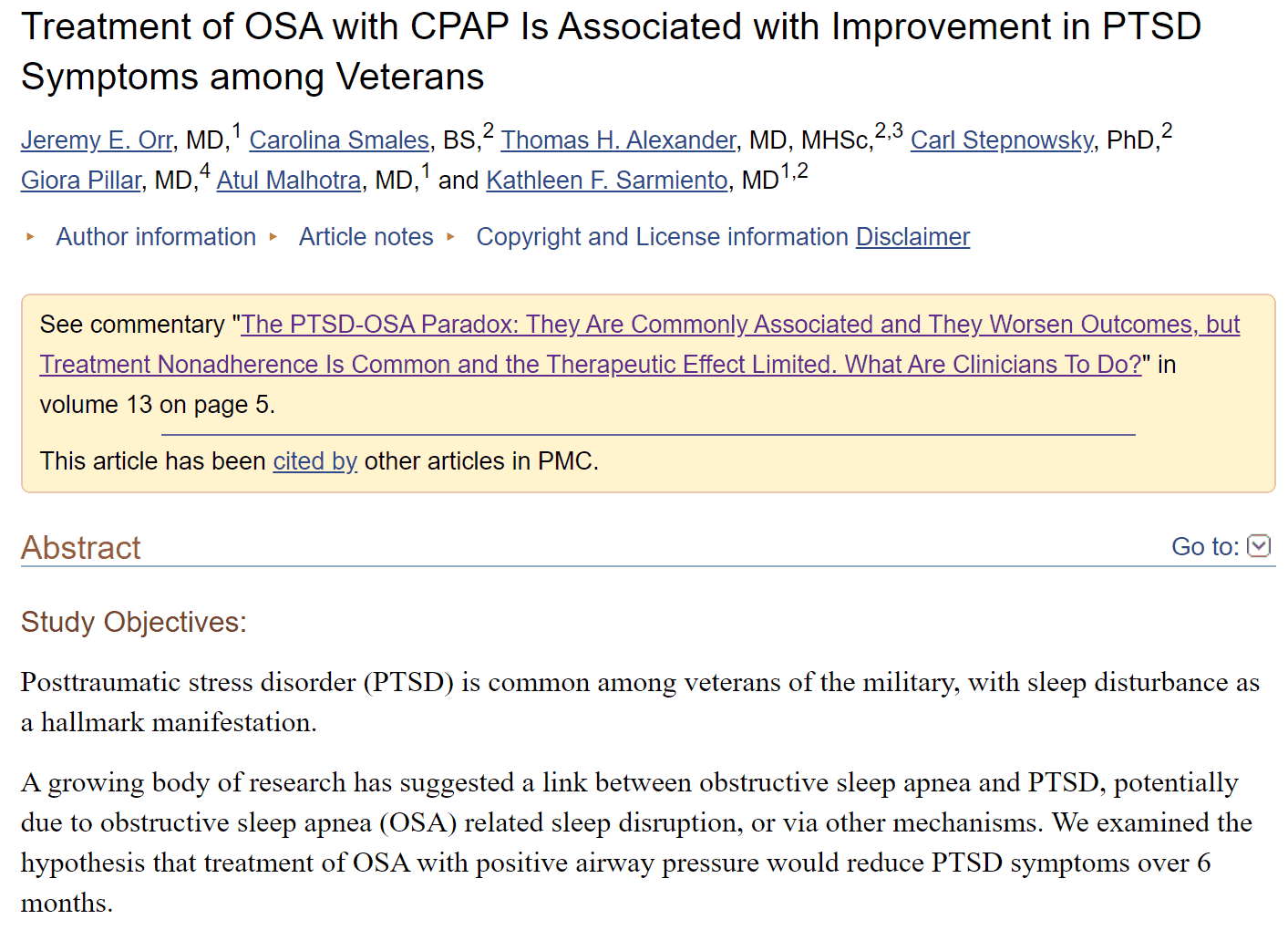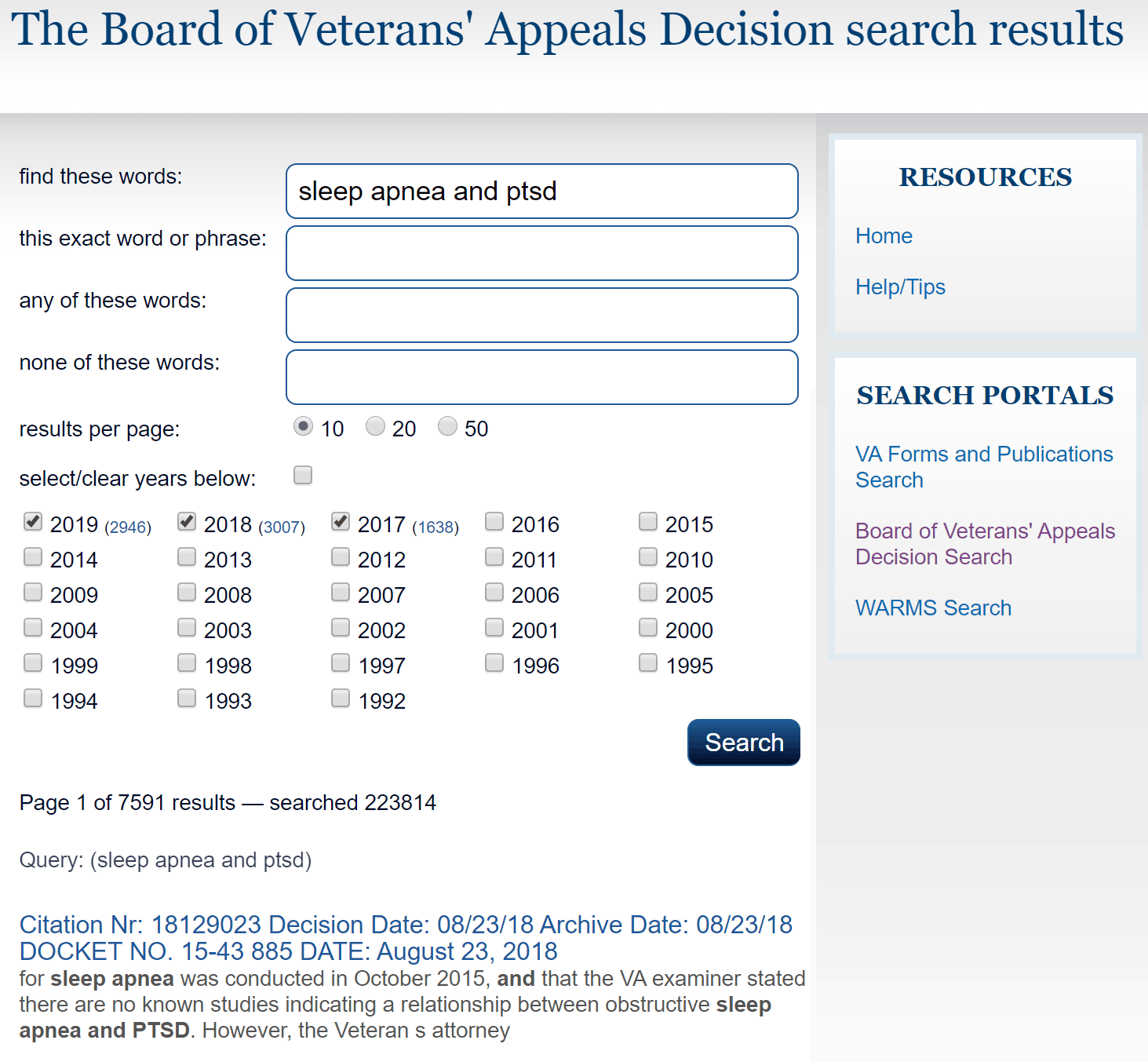

If you want to learn how to implement these strategies to get the VA benefits you deserve, click here to speak with a VA claim expert for free.
In this post, I break down how veterans can fail-proof their VA nexus letter, which will help them prove that their disability is related to their military service or to another service-connected disability.
I’ll be revealing tips, strategies, and lessons learned after analyzing over 1,000 winning nexus letters written by competent and credible medical professionals.
Okay, but first, let’s break-down this simple, one-word, and yet, confusing term called a “nexus.”
According to the VA, a “nexus” is nothing more than a logical link or connection between a veteran’s current disability and an in-service incident, event, or injury.
In order to be eligible for VA disability compensation benefits under the law, a veteran must prove that their disability was caused or made worse by their active duty military service.
Many veterans get denied service connection by the VA because they failed to show a clear nexus (logical link or connection) between a current disability and their active duty military service.
But regardless of how many times you’ve been denied service connection, there is still hope!
Enter the VA nexus letter.
In our experience, a well-crafted nexus letter is the single most crucial document a veteran can provide the VA Rater to help prove service connection on an “at least as likely as not” basis.
Yep, it really is the single, most powerful way to prove service connection.
A Nexus Letter is often the “essential” piece of evidence needed to help a veteran get their VA disability service connected.
So now I’ve probably got you wondering: “Brian, why are VA nexus letters so effective at proving service connection under the law?”
Awe yes, I’m glad you asked.
Simply put, it’s because VA disability claims are won or lost based on medical evidence.
Either you have enough medical evidence, or you don’t.
A great VA nexus letter IS medical evidence and can influence the C&P examiner’s medical opinion, as well as the VA Rating Official’s final disability decision, due to the medical nexus evidence provided in the letter.
This is a simple and effective way to instantly enhance the credibility of your nexus letter.
Because medical nexus evidence needs to be credible.

One of the best ways to enhance the credibility of the medical nexus letter is to list the doctor’s name and credentials at the top of the page.
Thus, before the C&P examiner and the VA Rater read the contents of the nexus letter, they already believe it was written by a credible medical professional.
With credibility on-the-line, don’t wait until the end!
In our experience, a shorter nexus letter is better and more actionable for the VA Rater, so long as it meets the four essential elements listed below.
Why do I say this?
Well, because VA Raters are busy people.
Your VA claim is just one of 15 or so cases they rate on a given day, so the easier you can make it for them to read and analyze, the better chance you have of getting your disability service connected.
Thus, a winning VA nexus letter should be as brief as possible while stating facts and evidenced-based rationale, leading to a proper medical nexus opinion and conclusion.
I’m often surprised (and disappointed) with the number of medical professionals who fail to explain the evidence he/she reviewed when writing a VA nexus letter.
It’s almost like writing a research report without citing your sources.
Because it diminishes the credibility of the evidence.
Instead, the doctor should reference any and all medical records or personnel records reviewed, such as, service treatment records, VA medical records, private medical records, DD 214, lab reports, or any other existing evidence of record.
For example, the doctor should say something like, “I have personally reviewed the veteran’s medical history, to include service treatment records and their current VA medical records, spanning from 2007 to present.”
Again, this provides and instant boost in credibility, because now the doctor’s nexus opinion can be backed-up with supporting medical evidence.
In general, it’s a good idea to have the doctor cite appropriate medical research reports and even case law to help support his/her position on how your disability is due to your service (or to another service connected disability for secondary service connection).
For example, if you’re trying to connect Sleep Apnea secondary to PTSD, you’ll want to ensure the VA nexus letter includes appropriate medical research studies and any case law regarding “aggravation” and the link between Sleep Apnea and PTSD.

At VA Claims Insider, we recommend citing at least two medical research reports and one to two BVA case law decisions to help support the medical nexus conclusion.
We recommend using PubMed.gov which is a free government website with more than 30 million medical research reports and citations for biomedical literature from MEDLINE, life science journals, and online books.
For BVA case decisions, we recommend using the Department of Veterans Affairs index of Board
of Veterans’ Appeals Decisions.
You can freely search for BVA case decisions by keywords and date.

In our experience, the best VA nexus letters use the medical opinion “more likely than not” NOT “at least as likely as not.”
The reason why “more likely than not” is better than “at least as likely as not” is because the former is a stronger statement with a higher probability.
The VA nexus opinion “more likely than not” means the medical professional believes there is a greater than 50% chance that a veteran’s condition was caused or made worse by active duty service or by another service-connected disability for secondary service connection.
Whereas, the statement “at least as likely as not” means the doctor thinks there is an approximate even balance of medical evidence for and against, and thus, there is a 50/50 chance that a veteran’s condition was caused or made worse by active duty service or by another service-connected disability for secondary service connection.
While veterans need only to prove their disability is “at least as likely as not” related to their service, the term “more likely than not” helps protect a veteran against a terrible C&P examiner who may write something like “less likely than not” due to service.
In the above scenario, the medical evidence is now in “relative equipoise,” which just means that the number of acceptable items of evidence tending to support a fact is equal to the number of items tending to not support a fact.
In this scenario, with all things being equal, the tie “should” go to the veteran (emphasis on should), or at a minimum, the VA Rater should order a second C&P exam to clear-up any evidence in question.
The nexus letter doctor should reference any medical or personnel records reviewed, such as service treatment records, VA medical records, private treatment records, DD 214, or any other existing evidence of record.
The best VA nexus letters list any medical research studies, scientific journals, or previous BVA case law precedent that describes the medical etiology of the veteran’s condition.
This is very important for direct service connection, secondary service connection, and presumptive service connection because medical etiology, also known as a “showing of causation,” is very important to help a veteran prove service connection.
Make sure the medical professional writes one of five statements of likelihood in the VA nexus letter in order to help the veteran prove service connection under the law, preferably, the words “more likely than not.”
The doctor must sign and date their name, in addition to listing his/her medical credentials, such as, Oncologist, Orthopedic Surgeon, Sleep Specialist, PA-C, MD, etc.
This is a very important part of the VA nexus letter because it helps the VA Rating Official determine if it’s credible and competent for rating purposes.

Brian Reese is a world-renowned VA disability benefits expert and the #1 bestselling author of VA Claim Secrets and You Deserve It. Motivated by his own frustration with the VA claim process, Brian founded VA Claims Insider to help disabled veterans secure their VA disability compensation faster, regardless of their past struggles with the VA. Since 2013, he has positively impacted the lives of over 10 million military, veterans, and their families.
A former active-duty Air Force officer, Brian has extensive experience leading diverse teams in challenging international environments, including a combat tour in Afghanistan in 2011 supporting Operation ENDURING FREEDOM.
Brian is a Distinguished Graduate of Management from the United States Air Force Academy and earned his MBA from Oklahoma State University’s Spears School of Business, where he was a National Honor Scholar, ranking in the top 1% of his class.